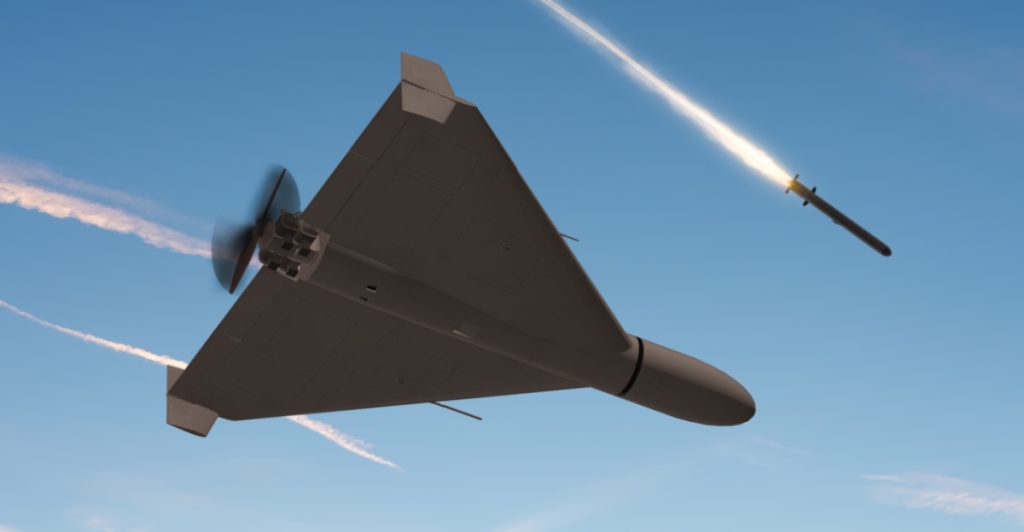Experts suggest NATO should adopt Ukraine’s cheaper anti-drone tactics.
Others are reading now
Experts suggest NATO should adopt Ukraine’s cheaper anti-drone tactics.
Russian drones cross into Poland
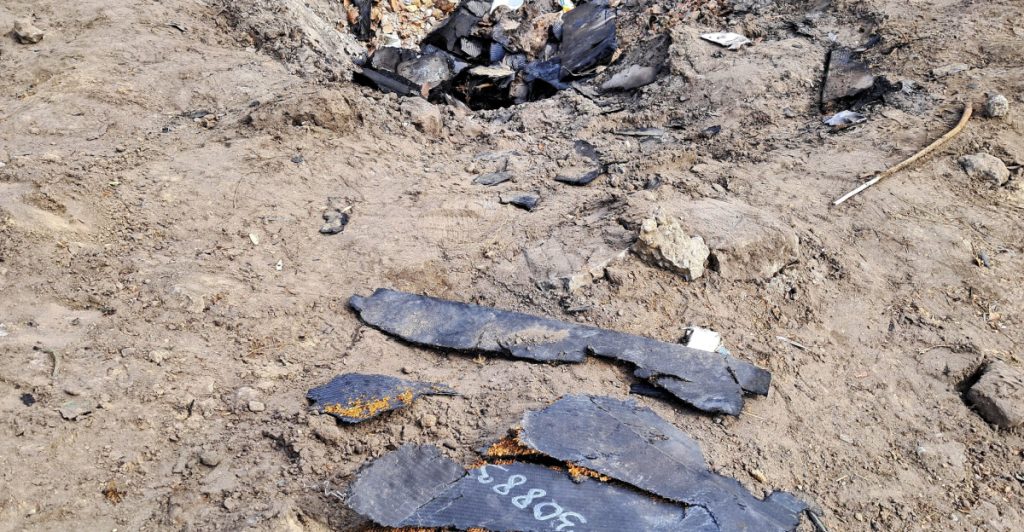
On the night of September 10, several Russian drones entered Polish airspace.
The incident was confirmed by German media and sparked a fast NATO response.
The drones were described as cheap strike models, designed to test allied defenses.
NATO scrambles fighters and air defenses
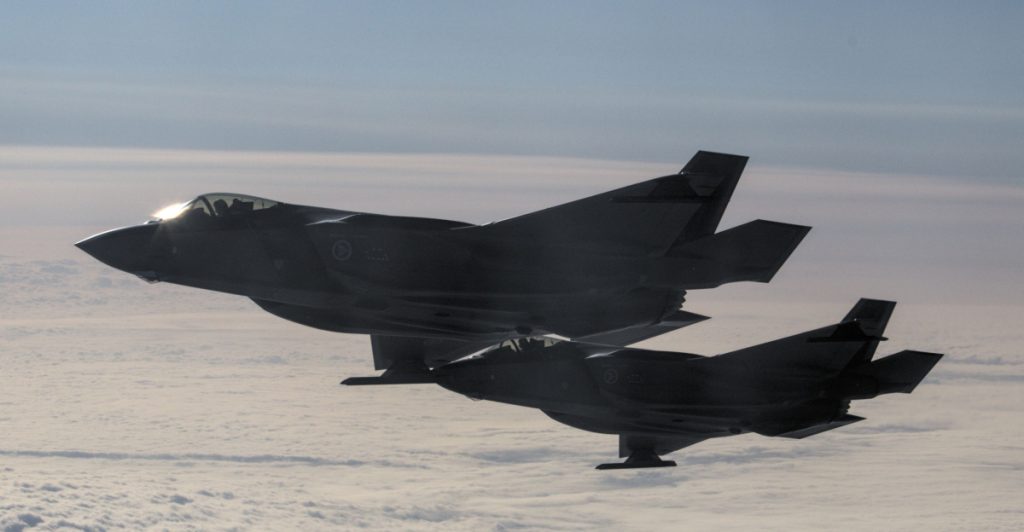
Dutch F-35 jets and German Patriot missile batteries were deployed to counter the threat.
Also read
Two F-35s engaged the drones directly, managing to down three of them.
The fate of a fourth drone remains under review, as debris searches continue.
A test of readiness on NATO’s eastern flank
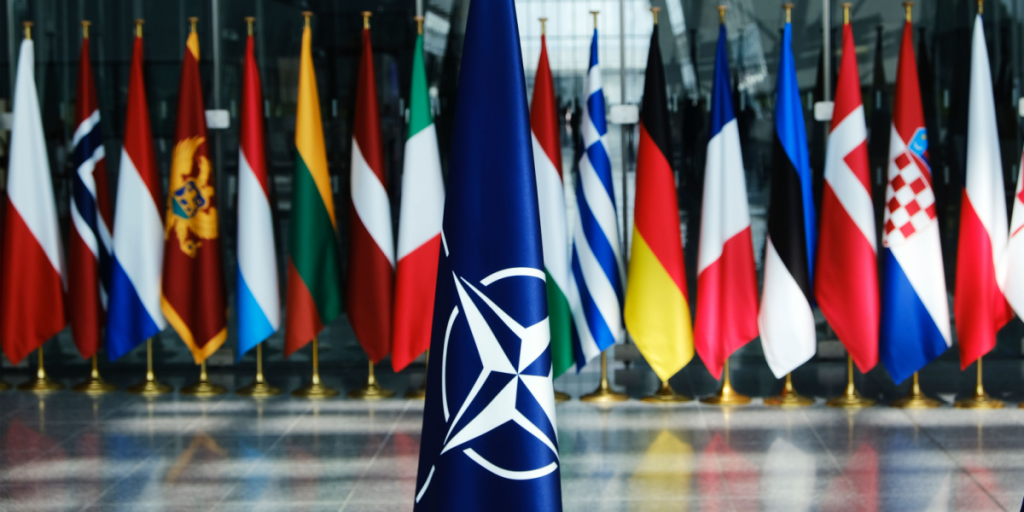
The incursion forced NATO to demonstrate rapid coordination between air and ground assets.
Poland, sitting on the alliance’s frontline, has repeatedly warned of Russian provocations.
The incident really put a new perspective on the pressure on NATO to remain on high alert.
Also read
Advanced jets used against low-tech drones
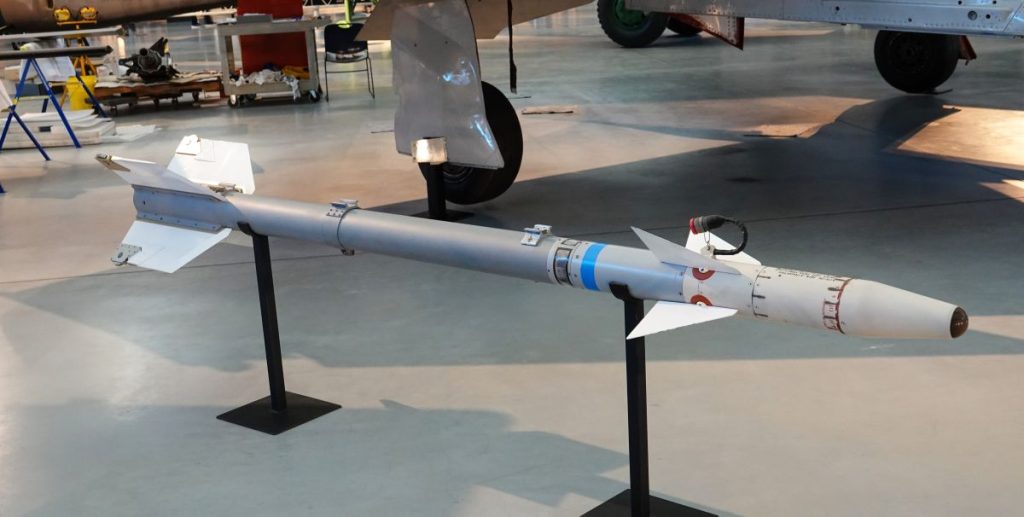
F-35 pilots fired AIM-9 Sidewinder missiles, weapons designed for high-level aerial combat.
The deployment of such advanced systems against basic drones highlighted the mismatch.
Analysts say this imbalance is one of the biggest challenges of modern warfare.
The staggering price of protection

Each Sidewinder missile costs more than $430,000 (£340,000), according to defense sources.
Three drones were destroyed, requiring multiple shots, at a cost of at least $1.3 million (£1.02 million).
Also read
By contrast, each Russian drone was worth only a few thousand dollars
NATO officer: “Not economical”
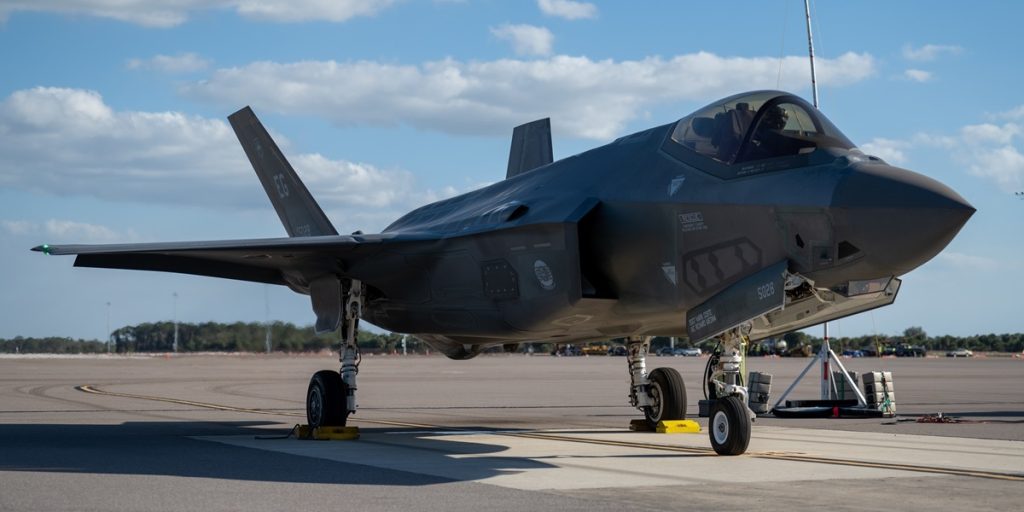
A senior NATO officer admitted using F-35 jets in this way is unsustainable.
He said that NATO needed new methods to stop drones without draining resources.
The comment reflects growing unease over how Russia exploits this cost imbalance.
Plans for a deterrence mission

Alliance leaders are now weighing a broader deterrence mission in response.
Also read
Options include deploying warships, submarines, drones, and reconnaissance planes.
The aim would be to show Russia that its provocations come at a price.
Extra defenses for the eastern flank
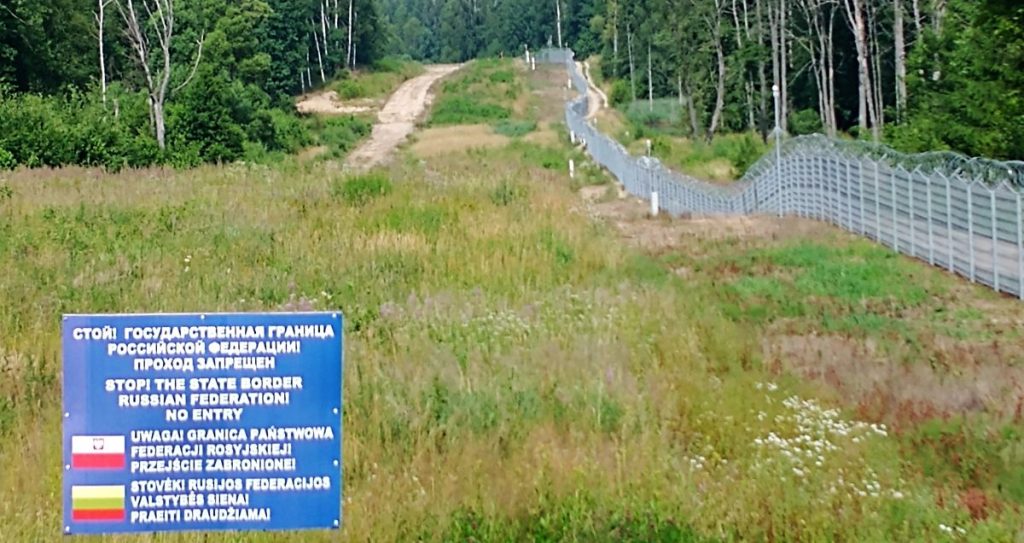
NATO is preparing to strengthen air defense along its borders with Russia and Belarus.
More personnel and mobile systems are expected to be moved eastward.
The strategy is meant to reassure member states under direct threat.
Also read
Learning from Ukraine’s drone war

Experts suggest NATO should adopt Ukraine’s cheaper anti-drone tactics.
Kyiv has relied on mobile fire teams and noise sensors to shoot drones down at low cost.
These practical solutions could help NATO avoid spending millions on bargain drones.

